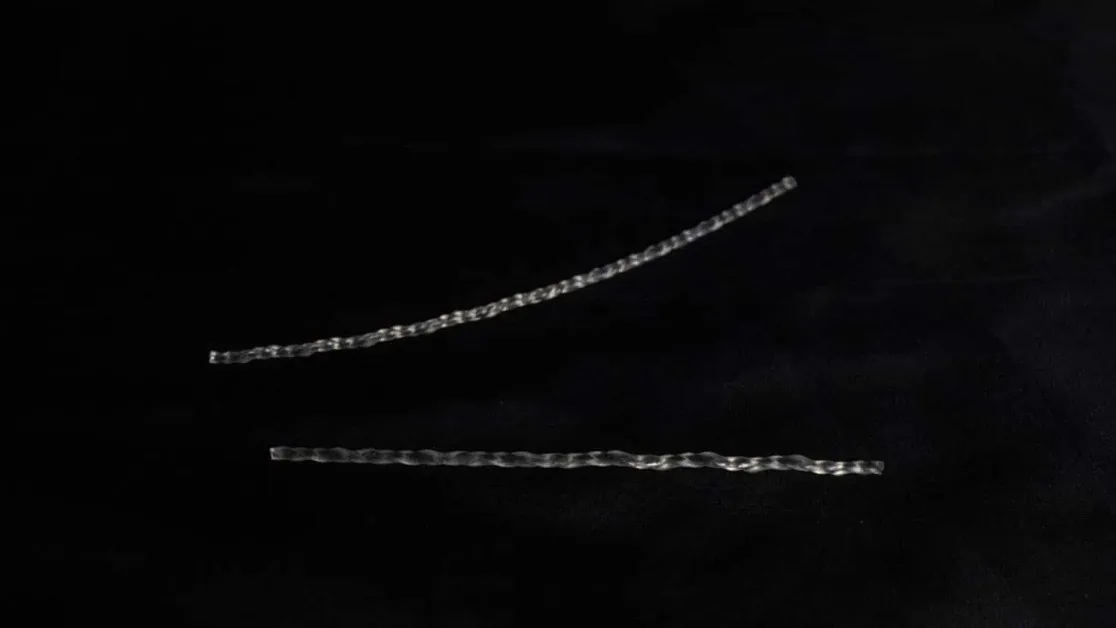Robotics
“Brainless” Soft Robot Navigates Complex Environments in Robotics Breakthrough

In the evolving field of robotics, a novel breakthrough has been introduced by researchers: a soft robot that doesn't require human or computer direction to navigate even complex environments. This new invention builds upon previous work where a soft robot demonstrated basic navigational skills in simpler mazes.
Harnessing Physical Intelligence for Navigation
Jie Yin, the co-corresponding author of the study and an associate professor of mechanical and aerospace engineering at North Carolina State University, shed light on this advancement:
“In our earlier work, we demonstrated that our soft robot was able to twist and turn its way through a very simple obstacle course. However, it was unable to turn unless it encountered an obstacle. This limitation meant that the robot could sometimes get trapped, bouncing back and forth between parallel obstacles.”
He added, “We've developed a new soft robot that is capable of turning on its own, allowing it to traverse twisty mazes, even skirting around moving obstacles. All of this is achieved using physical intelligence, not dependent on a computer's guidance.”
The term “physical intelligence” denotes the intrinsic behavior of dynamic objects, such as soft robots, defined by their structural design and materials, rather than external human or computer intervention.
This new breed of soft robots employs ribbon-like liquid crystal elastomers. When they are set on a surface warmer than the surrounding air, specifically above 55 degrees Celsius (131 degrees Fahrenheit), the ribbon in contact with the surface contracts while the exposed part remains unchanged. This discrepancy triggers a rolling motion, which accelerates with the surface's temperature.
Innovation Through Asymmetry
The distinct aspect of this robot lies in its design. Unlike its symmetrical predecessor, the new version comprises two distinct halves. One segment extends in a straight line resembling a twisted ribbon, while the other mirrors a tightly wound ribbon spiraling like a staircase.
This deviation in design leads to one robot end exerting more force than the other, prompting a non-linear motion. Yao Zhao, the paper's first author and a postdoctoral researcher at NC State, explains the principle: “Think of a plastic cup with a broader mouth than its base. When you roll it, it doesn’t follow a straight trajectory but arcs across a surface. That’s the effect of its asymmetrical design.”
Zhao further elaborates, “The concept behind our new robot is fairly simple: due to its asymmetrical design, it turns autonomously without needing object contact. So, while it can still redirect its path upon encountering an object – a trait allowing it to traverse mazes – it can't get trapped between parallel barriers. Its arcing movement lets it effectively wiggle out.”
Tests on this robot displayed its capacity to maneuver through intricate mazes, even those with shifting walls. Impressively, it could squeeze through gaps smaller than its own size. These tests were conducted on diverse terrains like metal surfaces and sand.
This groundbreaking work introduces an innovative perspective to soft robot designs. As Yin states, “This work is another step forward in helping us develop innovative approaches to soft robot design — especially for applications where soft robots can harness environmental heat energy.”
As the world of robotics grows, the potential of such “brainless” soft robots in real-world applications seems boundless.














